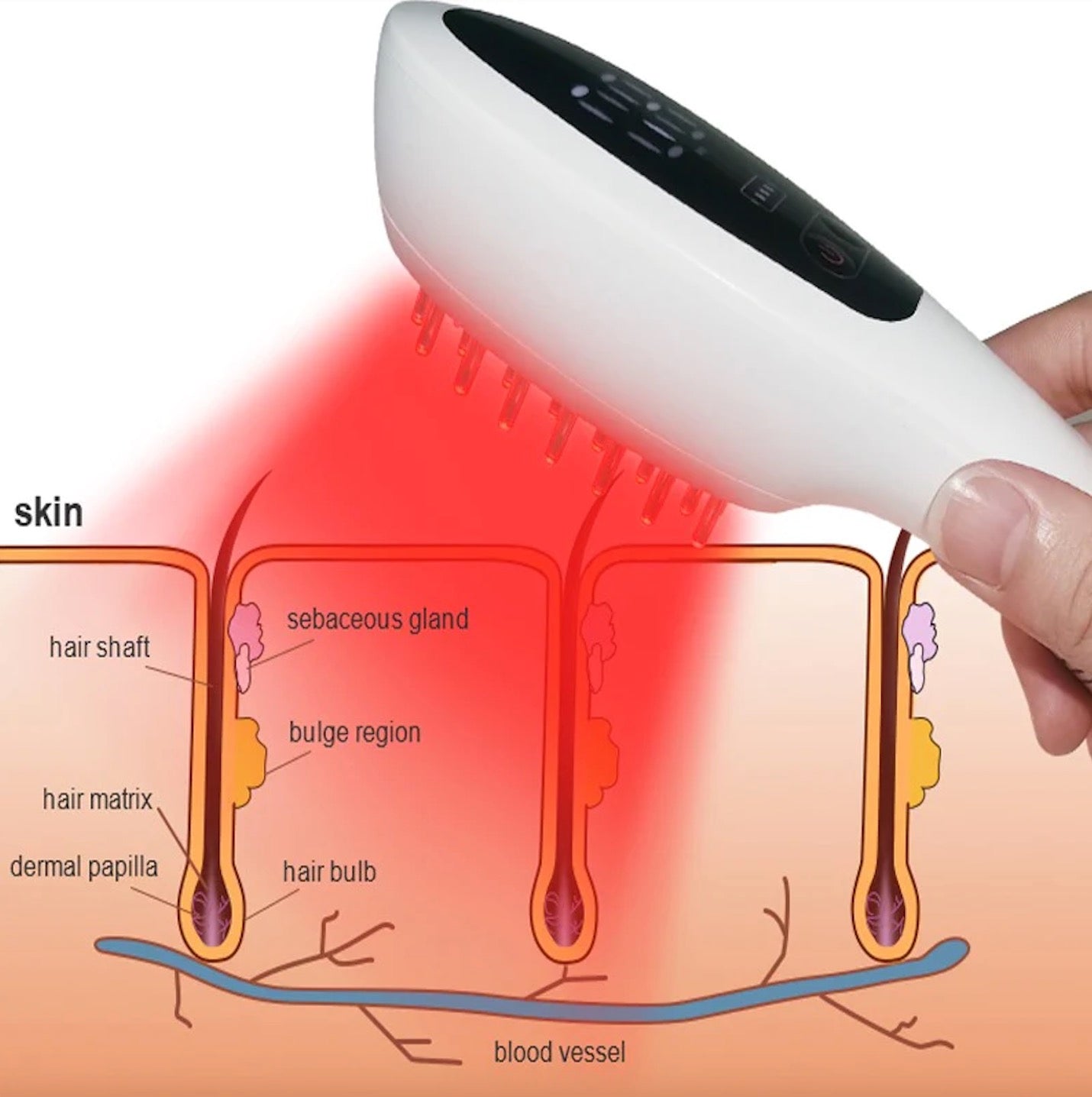For non-thermal photo rejuvenation, Red Light Therapy and Led light treatment have been demonstrated to be safe and effective. However, there is very few clinic research about Led light therapy for scars treatment, we investigated if it is favorable to apply a polychromatic spectrum covering a broader spectral region for scar healing
Scar hyperplasia
Scar Hyperplasia is a skin disease that clinically affects beauty and is difficult to treat. Scars are traces left after wound healing and the final result of tissue repair and healing. However, some people have abnormalities during the repair process, leading to excessive tissue proliferation, and keloids are tumor-like hyperplasia, with smooth surface, ruddy and shiny color, often spreading capillaries, and skin loss extends to the periphery, showing crab-foot shape , Skin damage, different sizes, abnormal appearance, hard, like cartilage, the patient feels itching, pain and burning sensation consciously. This is mainly due to the supernormal and continuous metabolism of collagen, which exceeds the rate of catabolism. The collagen fibers are formed. Such patients often have scars and cannot be surgically removed. Surgical removal will stimulate fibroblasts, and make the scar recovery and hyperplasia.
The clinical treatment is to remove the squamous keloids, and immediately after the first stage of healing, radiotherapy, or immediately after the scar is removed, corticosteroids are injected into the residual scar to play an anti-proliferative and anti-inflammatory effect.
Red Light Therapy Research
There are studies have found that Red Light therapy can significantly improve the discomfort of patients such as pain and itching, and flatten the scar, which has the advantage of non-invasiveness. It is mainly treated with blue LED, which can make scar patients get out of the trouble of "scar" and restore the scar neat and smooth.
In addition, facial atrophic scar is also a disease that leads to facial damage, most of which are caused by severe acne. In the past, microcrystalline grinding was used to treat it, and the effect was good. However, the phenomenon of exudation and obsessiveness during the treatment requires the use of gold-inducing peptides. It takes 7 to 10 days to get rid of scabs by drug treatment to promote its recovery. It has been found that LED red light therapy can replace medication, reduce fluid leakage and shorten wound healing time, and the effect is very good.
Case Study: Red Light Therapy for Scars
Wuhan First Hospital Su Hui et al. reported that 93 people (51 people) were treated with LED red light treatment apparatus after scar grinding: after the scar was irradiated with LED red light therapy, the scar was coated with goldin peptide as a control group. There are also 14 people (in their own group) who received two treatments after the operation. The output dose of LED red light was 100mW, the time was 15min, once every other day. The results prove that it is a good method to cooperate with LED red light irradiation to shorten wound healing time and reduce infection.
Post-inflammatory pigmentation
Post-Inflammatory Pigmentation refers to the skin pigmentation that appears after the acute or chronic inflammation process. Dark-skinned people have heavier pigmentation and have a long duration. It is only because the sulfur groups in the skin inhibit the oxidation of tyrosine to melanin. Part of the sulfur group is removed during inflammation, so local pigmentation increases.
The preventive method is to avoid the sun, topical hydroquinone cream can make some hypopigmentation, but it is sometimes difficult to completely avoid pigmentation after inflammation. Recent studies have found that 660nm LED red light can prevent or even treat skin pigmentation after inflammation
LED red light therapy penetrates deeply into the tissues and has a large light spot, which acts on the pigmented areas. It is irradiated once a day, 15-20 minutes each time, 7 days is a course of treatment, and you can rest for 2 to 3 days in the middle of the irradiation before proceeding to the next course of treatment. .




